Last November, I found myself in a chic little café in the Marais district of Paris, nursing an overpriced coffee and attempting to look like I belonged. I was there to interview Camille Charrière—the half-French, half-British influencer whose effortless style has amassed her over a million Instagram followers—for a feature on Anglo-French fashion exchanges. As we settled into our conversation, I asked her which British brands she thought had successfully won over her notoriously discerning French countrymen.

She laughed, that perfect Parisian laugh that somehow manages to be both warm and slightly dismissive at the same time. “You know,” she said, stirring her espresso, “the French have a complicated relationship with British style. They’re fascinated by its eccentricity but terrified of looking like they’re trying too hard.”
That tension—between admiration and hesitation, between acknowledging British creativity while maintaining French restraint—is at the heart of which UK brands succeed across the Channel and which remain firmly on our side of the water. The French approach to style is famously edited, restrained, focused on quality basics with perhaps one statement piece. The British, meanwhile, embrace maximalism, experimentation, and a certain gleeful disregard for conventional good taste.
So which of our homegrown labels have managed to bridge this cultural divide? Which British brands have earned genuine respect from the country that gave us Coco Chanel, Yves Saint Laurent, and the concept of je ne sais quoi? Over the past six months, I’ve been asking this question to French editors, buyers, and stylists I’ve met through work, building up a picture of which UK fashion exports have genuinely conquered the land of sartorial snootiness.
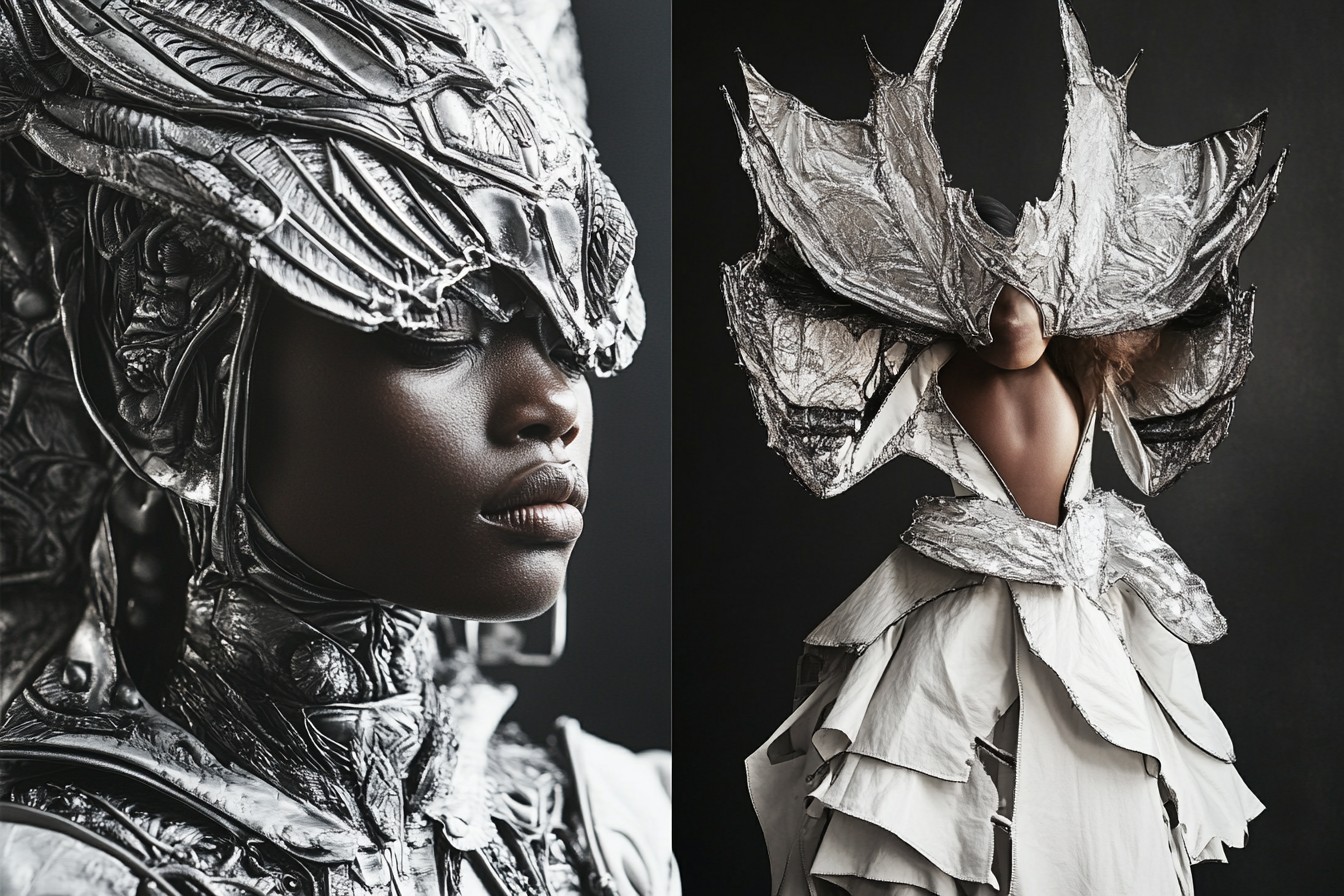
The results were sometimes surprising, occasionally predictable, but consistently illuminating about how our closest European neighbors view our fashion scene.
Let’s start with the perhaps obvious but nonetheless significant: Burberry remains the British brand with the most prestigious reputation in France. But—and this is crucial—not in its nova check, tourist-friendly iteration. The French appreciation for Burberry centers on its heritage trench coats, its more subtle runway pieces, and particularly the Christopher Bailey and now Daniel Lee eras that emphasize craftsmanship over logo recognition.
“For the French, Burberry represents a specific kind of British classicism,” explained Élise Dutoit, accessories buyer for a major Paris department store, when I spoke to her at a trade show in January. “We appreciate that they understand rain,” she added with a wry smile, “since we share this meteorological challenge.”

This focus on heritage and quality emerged as a consistent theme among the French fashion crowd. While Brits might embrace the high street for trend-led pieces, the French tend to look to our shores for items with history, longevity, and craftsmanship—perhaps because these align more closely with their own fashion values.
This explains the enduring French love affair with brands like Church’s, whose handcrafted shoes have been quietly winning over Parisian fashionistas for decades. “My grandfather wore Church’s, my father wears Church’s, and now I have my first pair,” Mathieu, a stylish thirtysomething art director, told me outside a gallery opening on Rue Saint-Honoré. “They are expensive, yes, but they are forever. This is something I think the British understand better than anyone—how to make leather goods that improve with age.”
Mulberry occupies a similar space in the French fashion consciousness, though with more focus on its classic bags than its ready-to-wear collections. The Bayswater and newer Lily styles are particular favorites, appreciated for their understated branding and quality leather. “It’s not trying to be Hermès,” sniffed one French editor when I mentioned the brand, which I think was her version of high praise.

More surprising was the genuine respect afforded to Vivienne Westwood, whose anarchic approach might seem at odds with stereotypical French restraint. But her punk roots, combined with her masterful tailoring and historical references, have earned her serious fashion credibility in Paris.
“Westwood understands both rebellion and tradition,” explained Sophie Fontanel, the fashion writer and former fashion editor at Elle France, when I interviewed her over Zoom. “This duality is very appealing to the French. We may appear conservative in how we dress, but we appreciate revolution in spirit.” The brand’s corsets and draped dresses are particular favorites, apparently often purchased for special occasions when even the most minimalist French woman might embrace something more theatrical.
Alexander McQueen similarly benefits from this French appreciation for technical skill combined with emotional resonance. Sarah Burton’s more wearable interpretation of McQueen’s vision has found particular favor, offering enough drama to feel special but with a restraint that appeals to the French sensibility. “McQueen pieces are like art objects that happen to be wearable,” one French stylist told me. “We respect this level of creativity when it’s executed with such precision.”
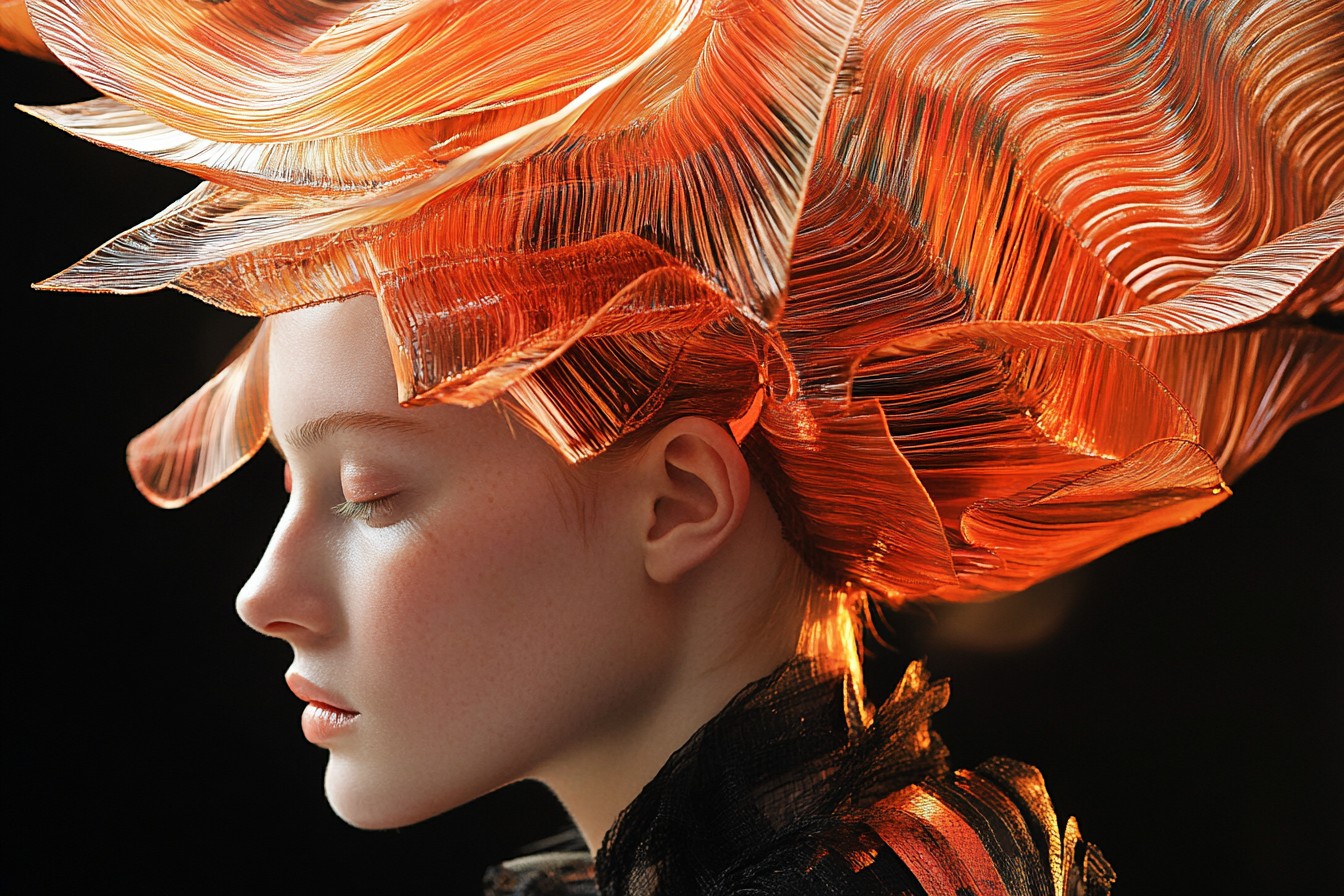
Stella McCartney enjoys a unique position in the French fashion landscape, both as a British designer and as the former creative director of the very French Chloé. Her commitment to sustainability has resonated particularly strongly with French consumers in recent years, who—contrary to some anglophone stereotypes—are increasingly concerned about ethical fashion. “The French consumer doesn’t want to appear ‘hippie’ in their commitment to environment,” explained Claire Bergkamp, former Sustainability Director at Stella McCartney, when I interviewed her for a previous piece. “They respond to sustainability that doesn’t compromise aesthetics or quality.”
Moving away from luxury, several British high street brands have managed to make significant inroads into the notoriously snobby French market. COS leads this pack, with its minimalist designs and architectural silhouettes fitting neatly into the French capsule wardrobe approach. Though technically Swedish-owned, its London design headquarters and significant UK presence have made it feel like a British export.
“COS understands proportion in a way many affordable brands do not,” said Marie, a French fashion student I met during a research trip to Paris Fashion Week. “The fabrics are not luxury, of course, but the designs show respect for the body and for clean lines. It’s the high street brand you’re not embarrassed to admit shopping at.” High praise indeed from a nation that generally speaks of chain stores in hushed tones.
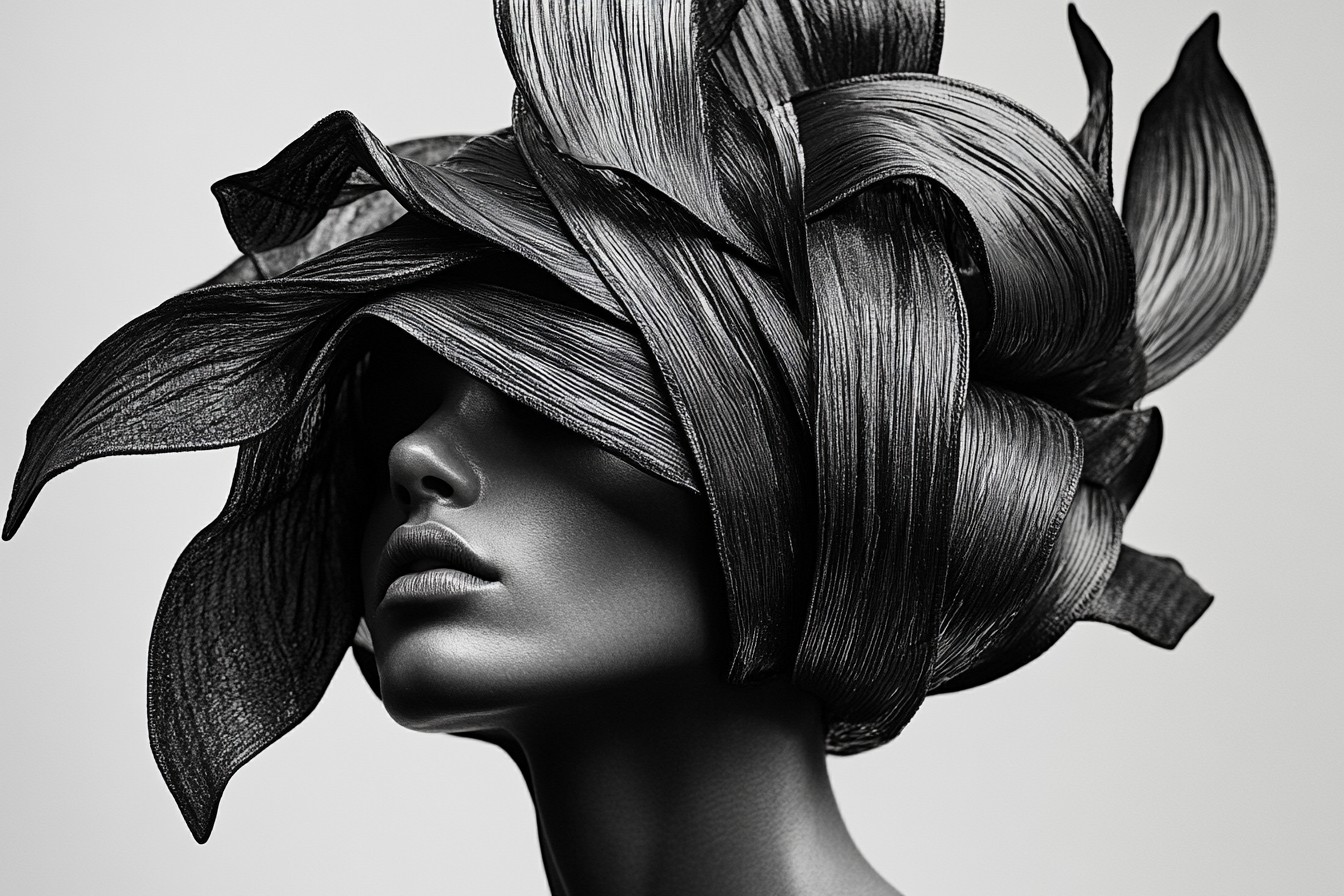
Another perhaps surprising British success story in France is Dr. Martens. Despite—or perhaps because of—their chunky, decidedly un-dainty appearance, these boots have been embraced by stylish Parisians as the perfect counterpoint to an otherwise feminine outfit. “They add a bit of English toughness to a dress or jeans,” explained Camille during our interview. “French women love this contrast—the pretty dress with the heavy boot. It’s how we prevent looking too precious or perfect.”
When it comes to beauty, Charlotte Tilbury has achieved the near-impossible: convincing French women to step outside their pharmacy skincare comfort zone. Her Pillow Talk lipstick is reportedly the bestselling shade in several Parisian beauty retailers, its subtle nude-pink hitting the sweet spot between the classic French red lip and more contemporary neutral tones.
“The French approach to beauty is changing,” explained Mathilde, a beauty buyer for a major French retailer. “We still value simplicity, but brands like Charlotte Tilbury offer products that enhance rather than transform. This feels compatible with our philosophy while bringing something new.” The brand’s vintage-inspired packaging and Charlotte’s own glamorous persona hit the right notes of tradition and indulgence that appeal to the French consumer.
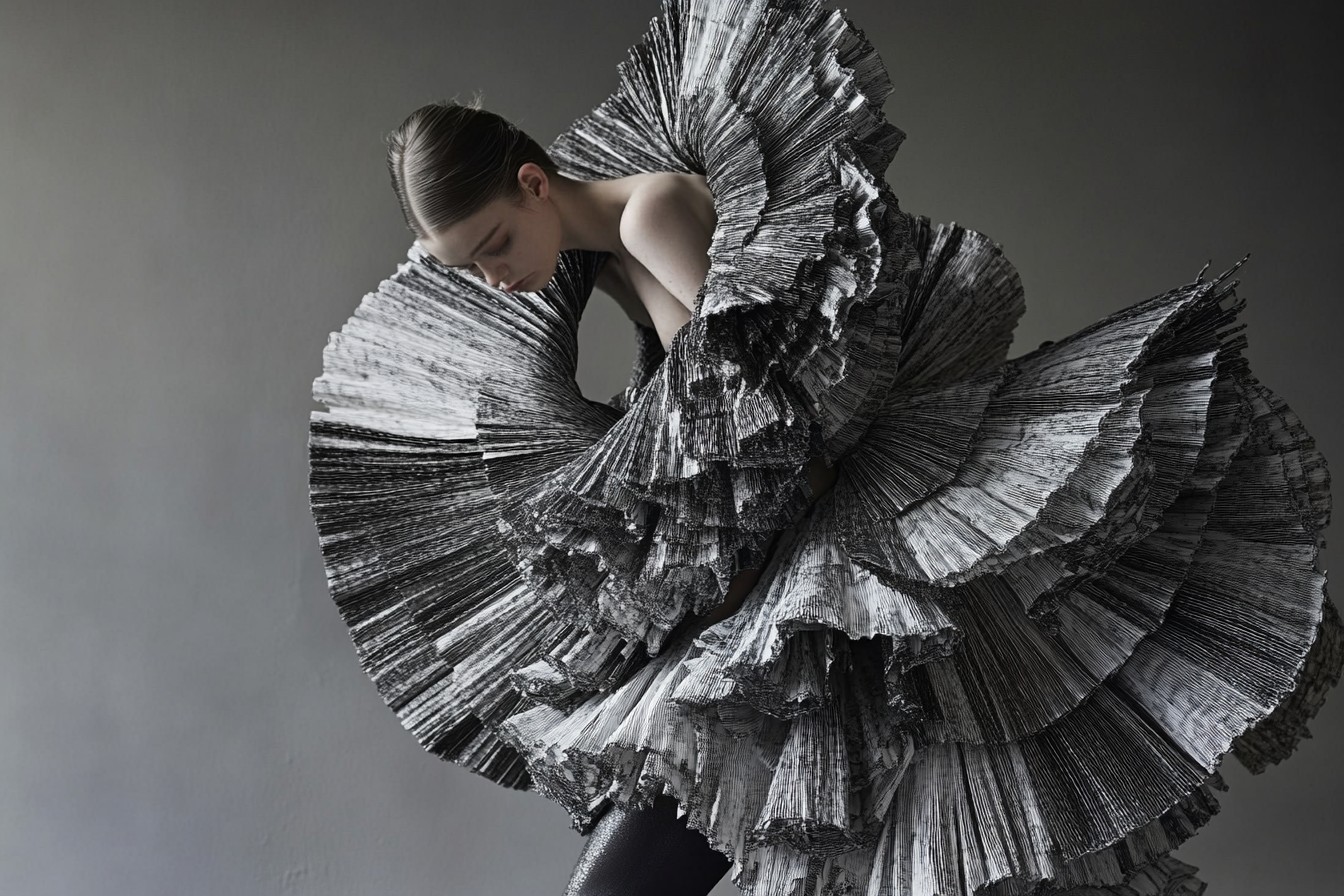
On a more niche level, several smaller British brands have developed cult followings in France, often for specific products rather than entire ranges. Labour and Wait’s utilitarian homeware is displayed proudly in the kinds of Parisian apartments featured in architectural magazines. Sunspel’s perfect t-shirts and underwear are quietly appreciated by French men who value quality basics. Blackshore’s fisherman-inspired knitwear has found fans among the French coastal-chic crowd.
Perhaps the most interesting case study is Margaret Howell, a designer who’s arguably more appreciated in France (and Japan) than in her native Britain. Her understated, quality-focused approach to design—all perfect cottons, linens, and wools in restrained silhouettes—aligns perfectly with the French philosophy of investing in excellent basics rather than chasing trends.
“Margaret Howell understands that true style comes from the quality of the material and the precision of the cut, not from obvious design flourishes,” said Émilie, a French editor I met at a press breakfast. “This is very French in sensibility, though the references—the English countryside, workwear, maritime influences—are very British.”
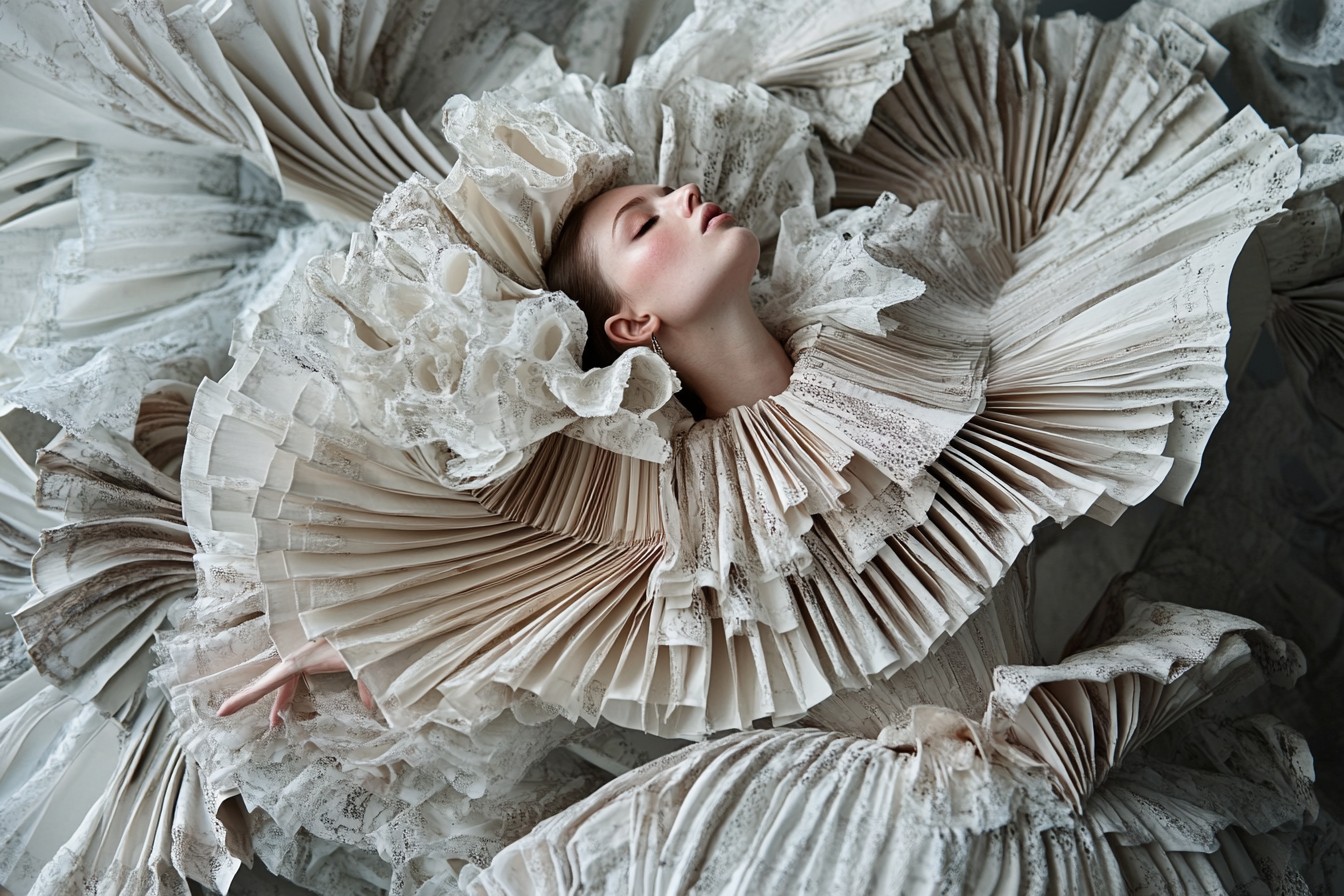
What all these success stories share is a certain authenticity. The British brands that have won French respect stay true to their heritage and values rather than attempting to become more “French” in their approach. They offer something distinctively British—whether that’s Burberry’s mastery of outerwear, Westwood’s rebellious spirit, or Dr. Martens’ industrial toughness—but executed with a level of quality and thought that resonates with French values.
The failures are equally telling. Brands that rely heavily on obvious logos, that prioritize trends over quality, or that feel like they’re trying too hard to be cool typically struggle to gain traction with French consumers. I won’t name names, but certain British high street giants that dominate our shopping centers have barely made a dent in the French market despite multiple attempts.
“The French can smell inauthenticity from miles away,” laughed Camille as our interview wound down. “We don’t need British brands to pretend to be French. We need them to be excellently, confidently British in a way that respects the wearer’s intelligence.”
Perhaps there’s a broader lesson here for British brands with international ambitions: leaning into what makes you distinctively British—whether that’s heritage, craftsmanship, eccentricity, or innovation—while maintaining standards that translate across cultures is the key to winning over even the most discriminating markets.
As Brexit continues to complicate our relationship with our European neighbors, it’s heartening to know that French appreciation for British creativity and craftsmanship remains strong. Fashion may seem frivolous compared to politics and economics, but cultural exchanges through design help maintain connections that transcend whatever borders or barriers may exist.
The next time you find yourself in Paris, take a moment to observe what the locals are wearing. Among the Sézane blouses and A.P.C. jeans, you might spot a Burberry trench, a Margaret Howell shirt, or a pair of well-worn Dr. Martens—small but significant ambassadors for British style in the world’s fashion capital. In the competitive landscape of global fashion, that French nod of approval remains one of the highest compliments a British brand can receive.
